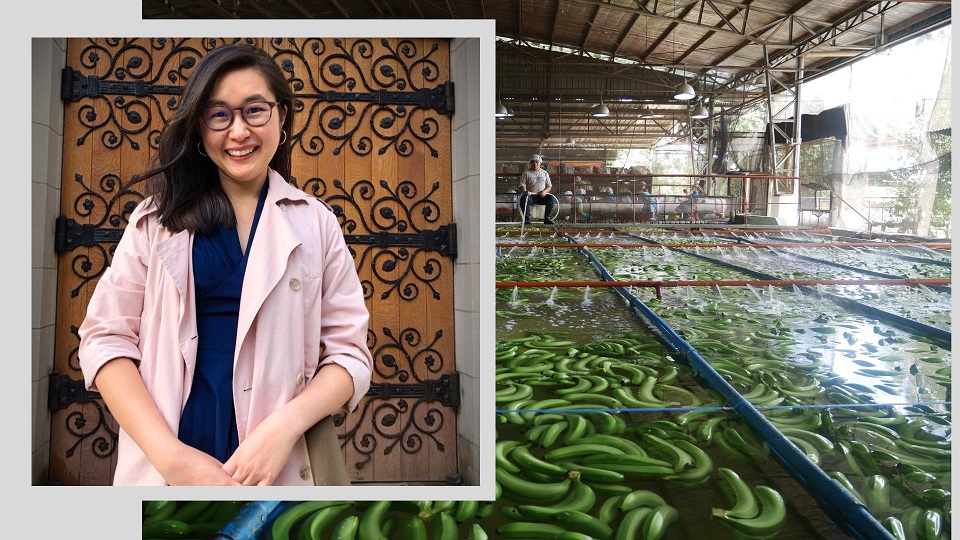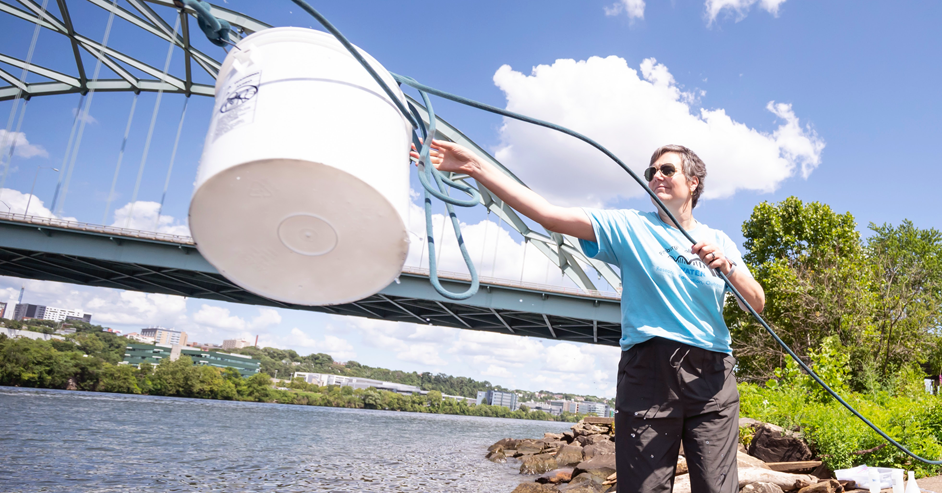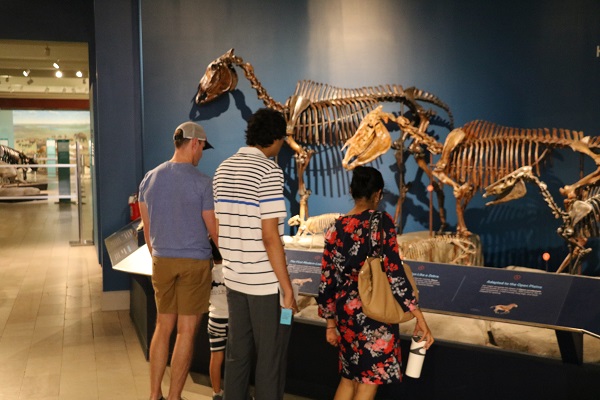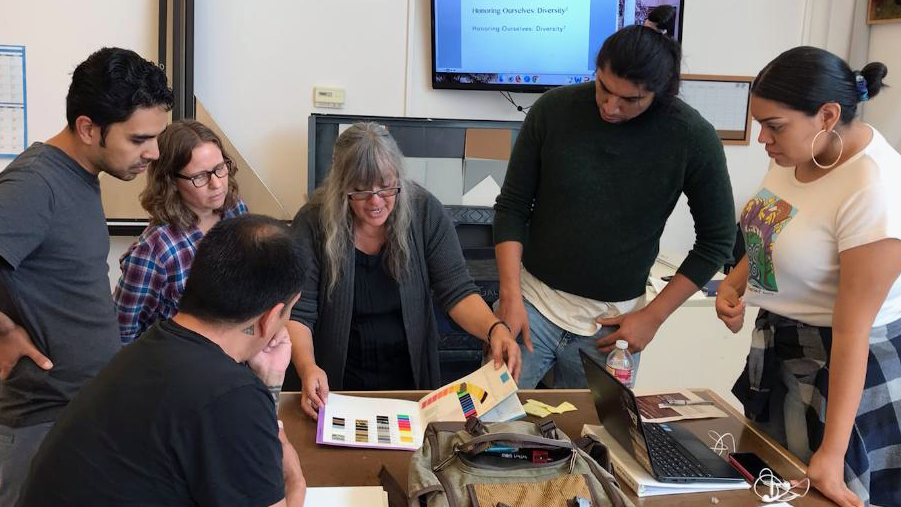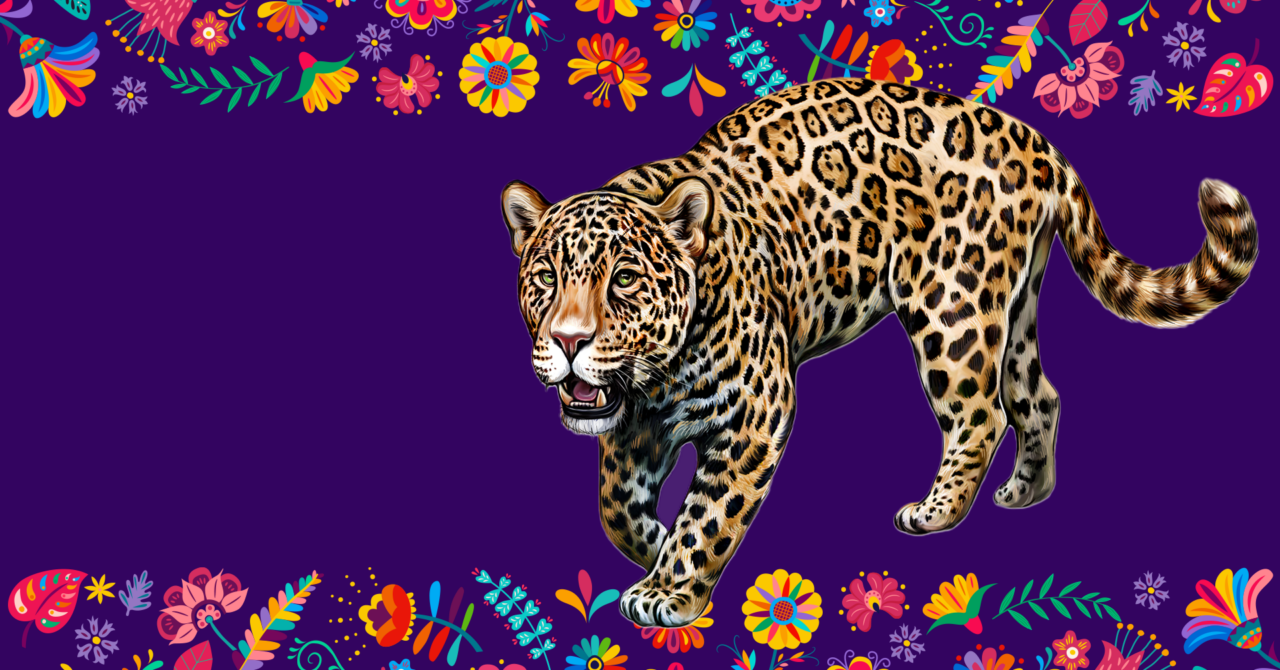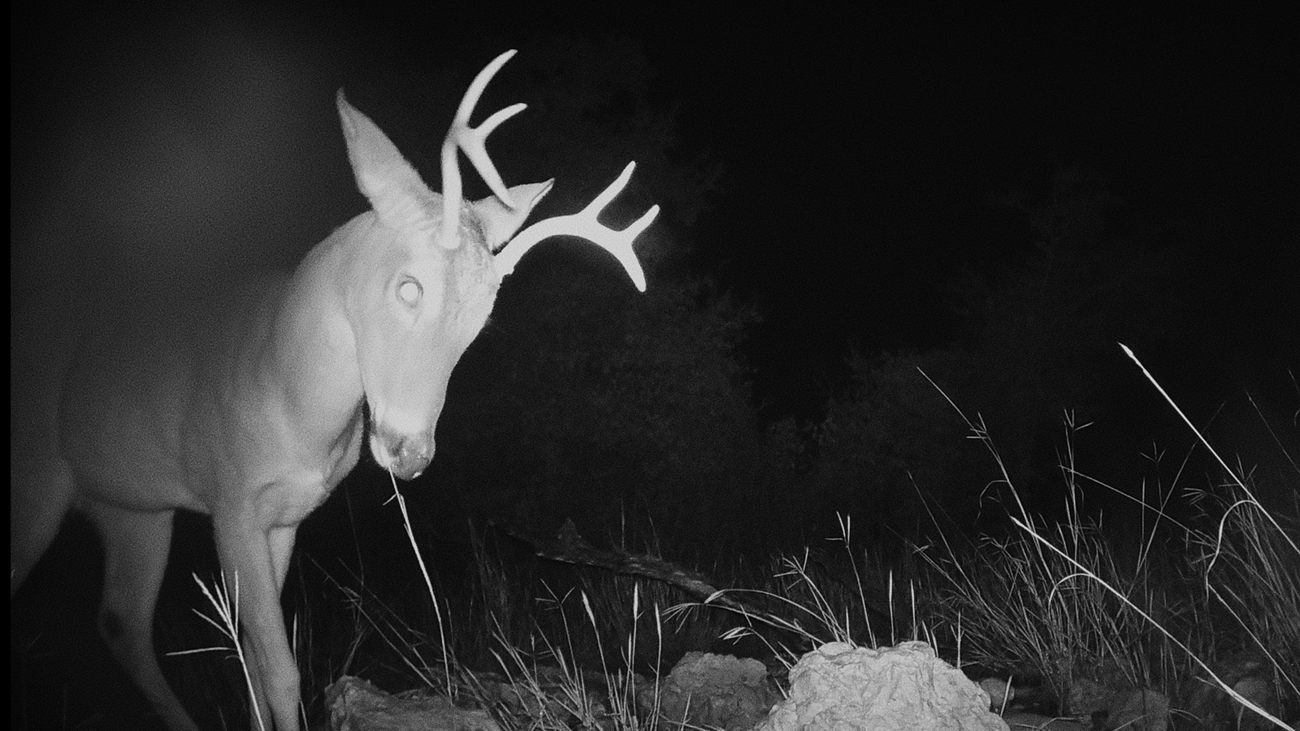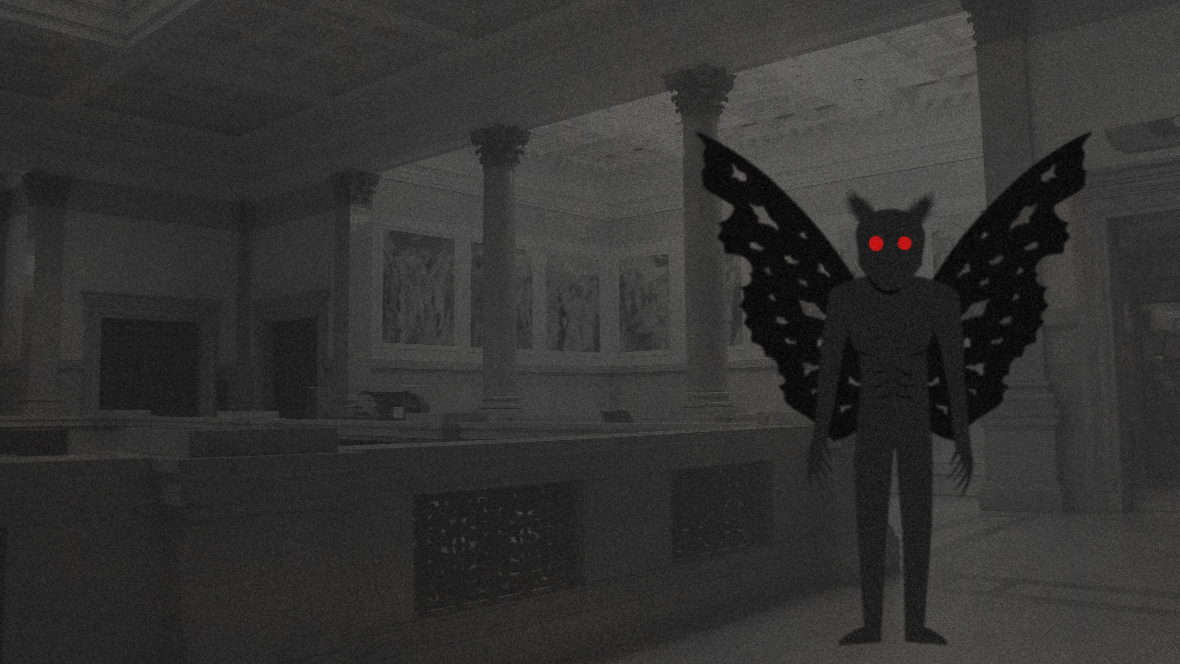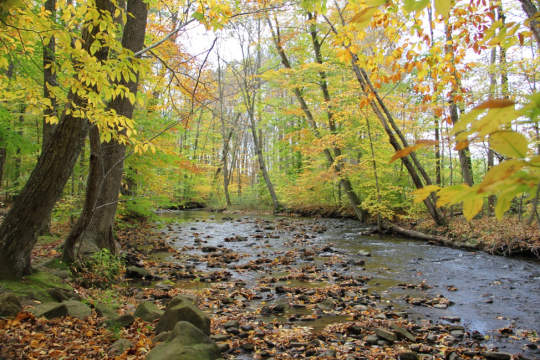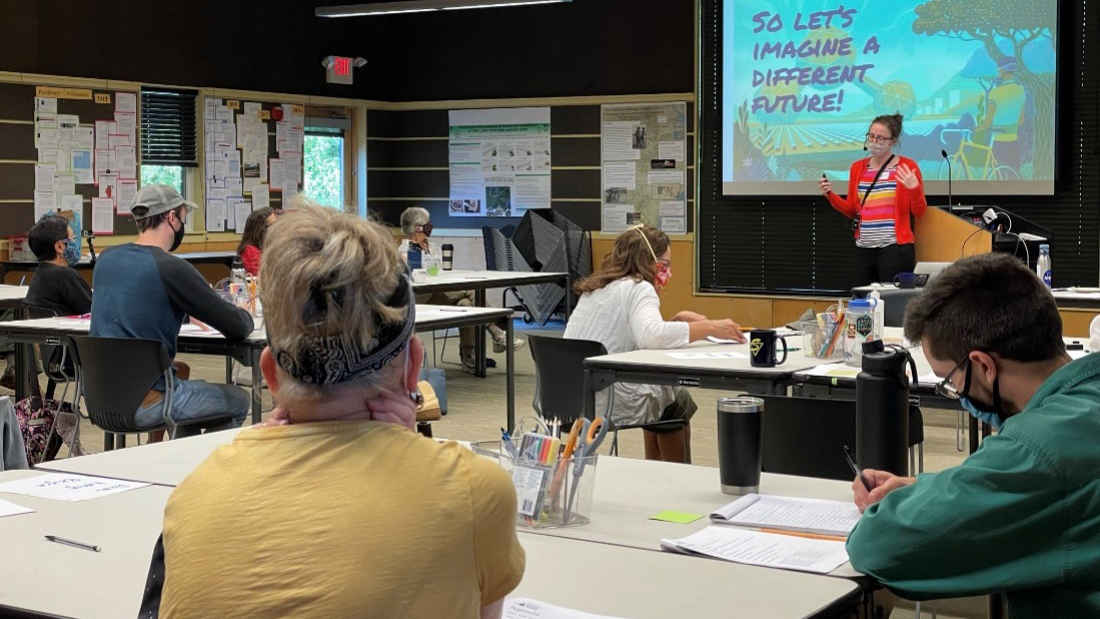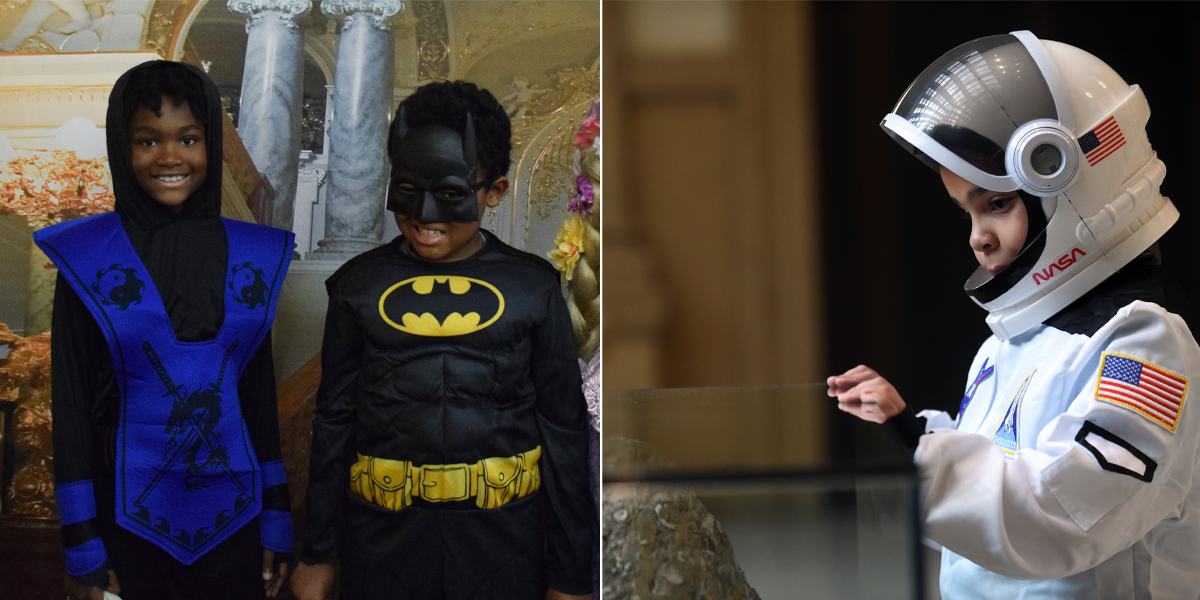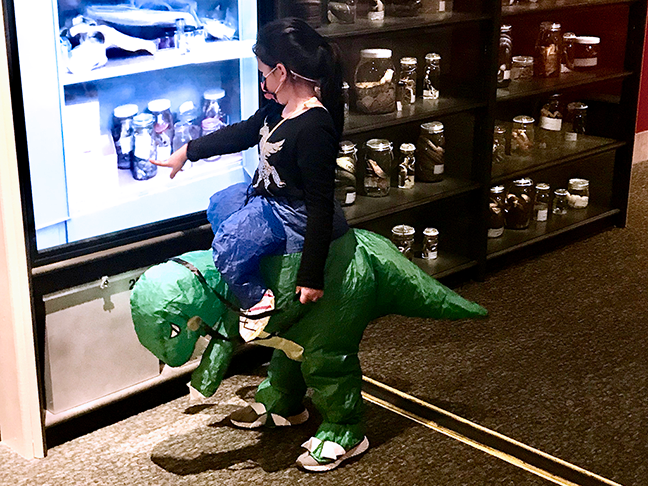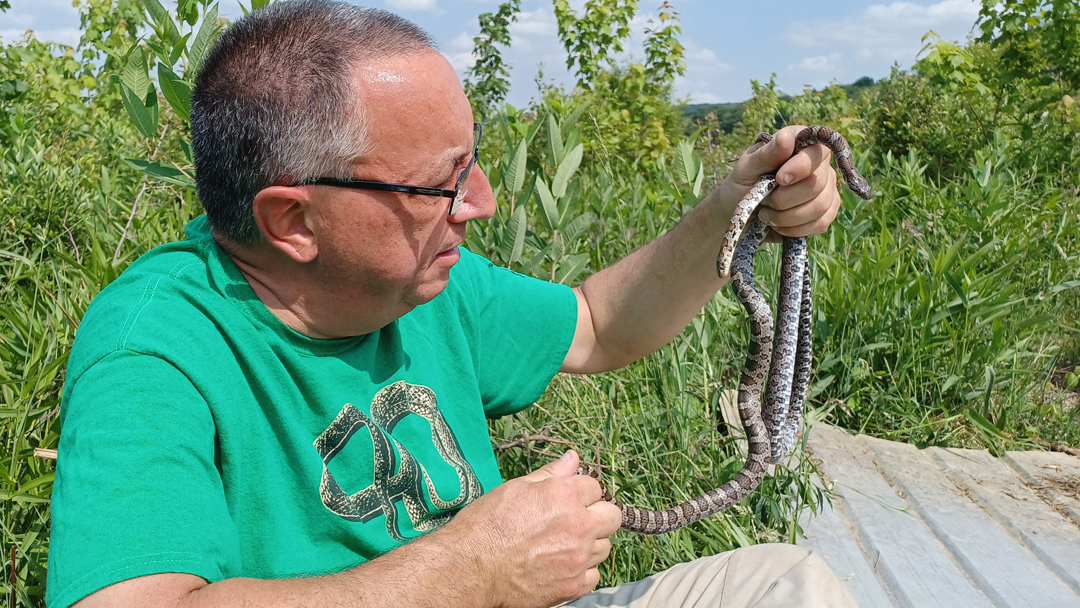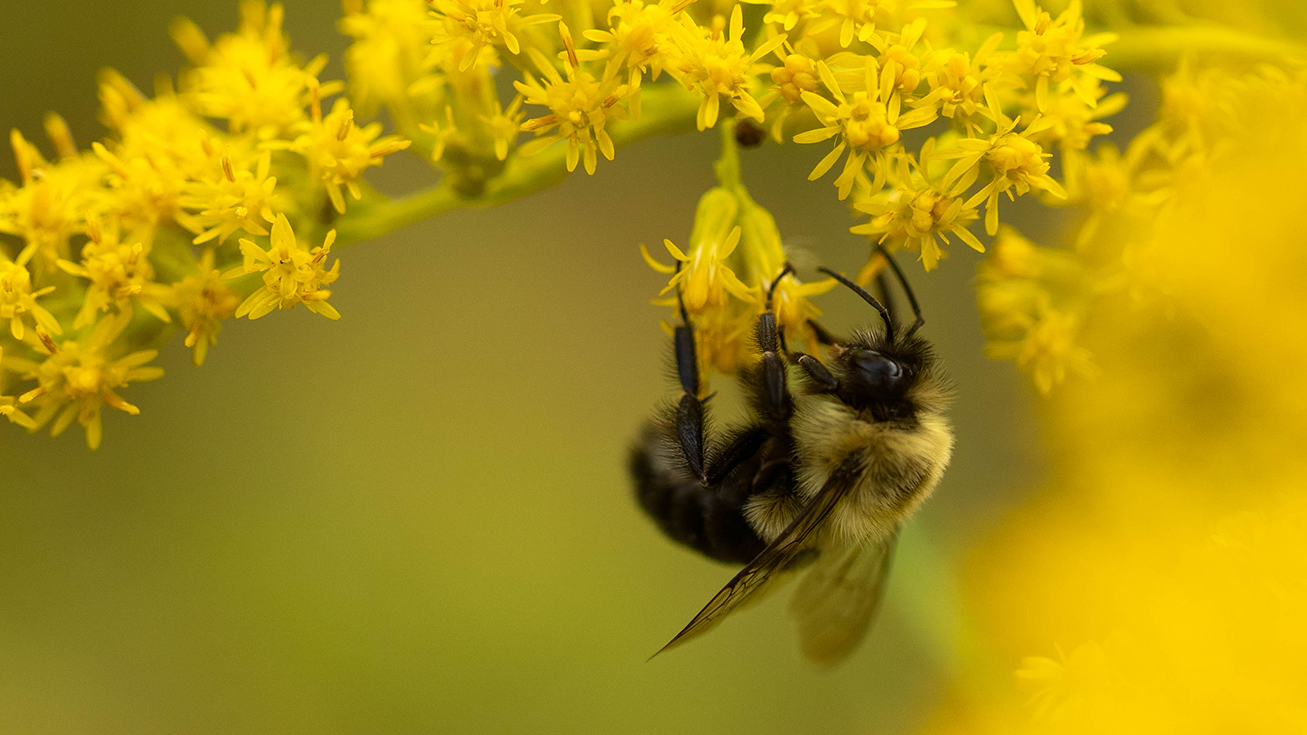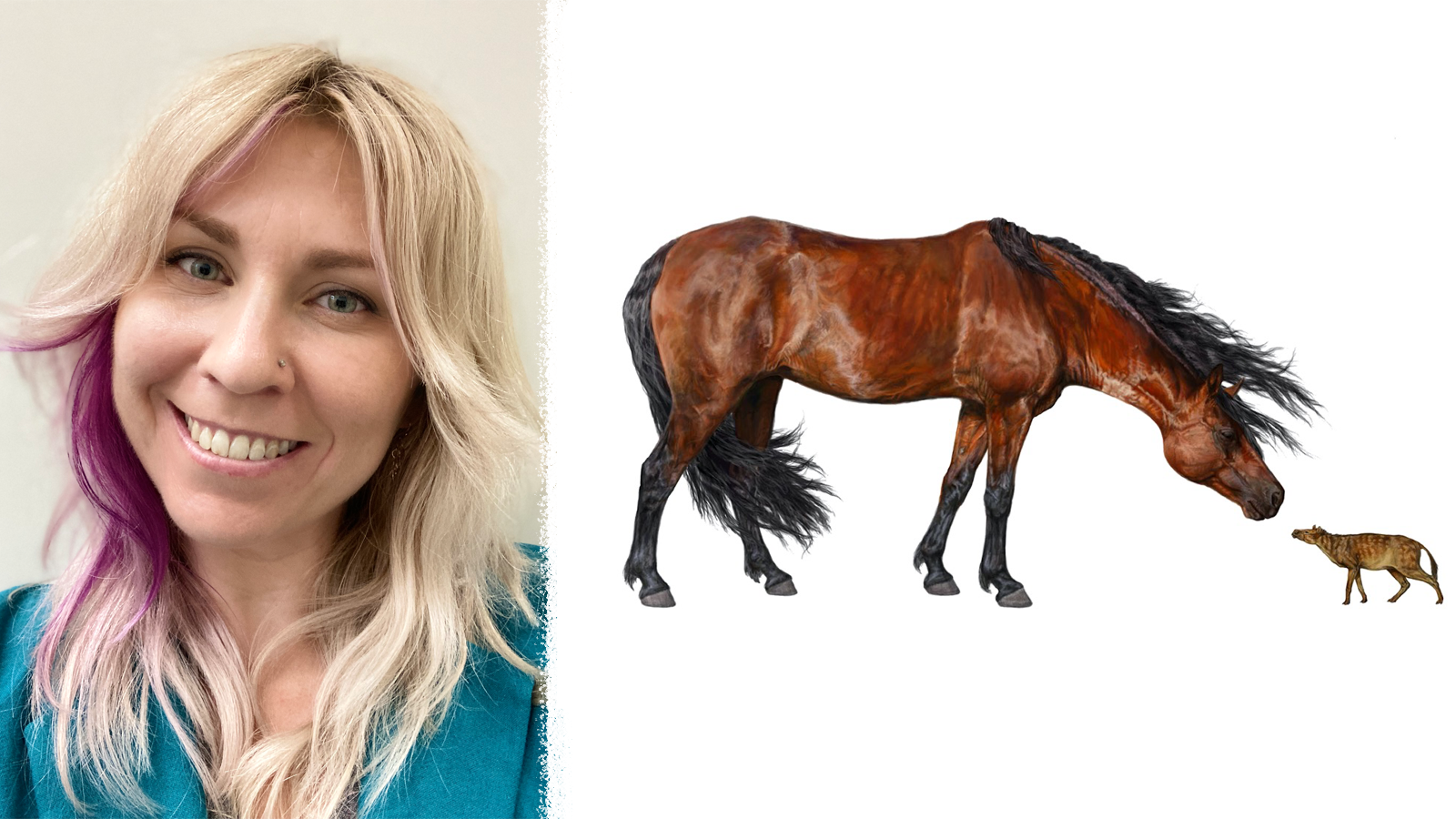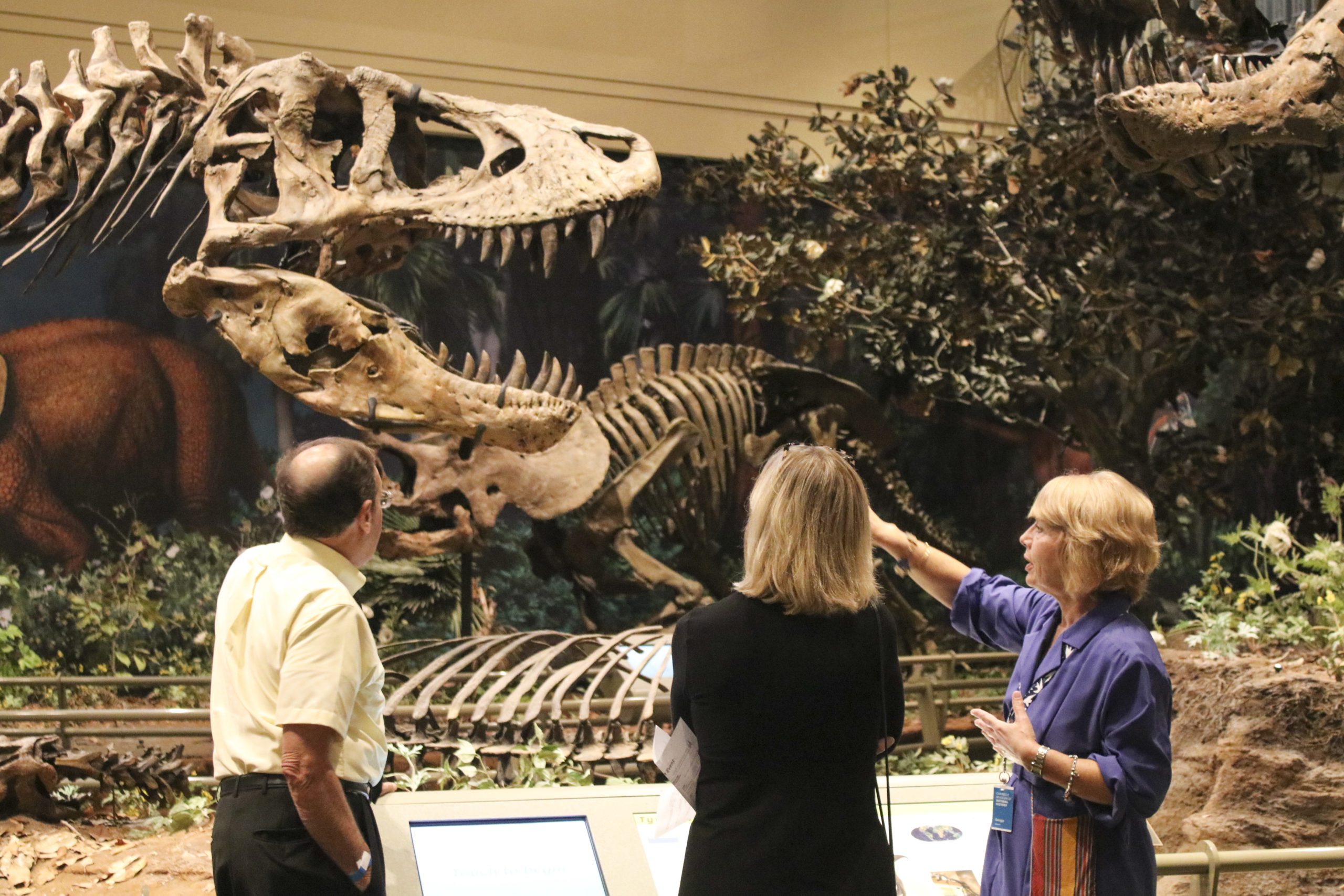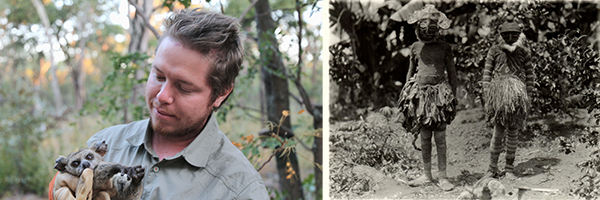Bananapocalypse: Externalities in the Un/Making of Plantation Capitalism
Earth TheaterPlantation regimes confront a serious challenge in the 21st century. For every commodity, there are multiple externalities that are hidden and unaccounted for. Drawing on fieldwork between the Philippines and Japan, this lecture will argue that industry members depend not only on the externalities themselves, but also on the conceit that externalities remain external. Focusing […]
Moriarty Science Seminar: Our Changing Ohio River: Climate, Water Quality, and Harmful Algal Blooms
Hybrid: Online and At the MuseumR.W. Moriarty Science Seminar Presents: "Our Changing Ohio River: Climate, Water Quality, and Harmful Algal Blooms" Speaker: Emily Elliott, University of Pittsburgh. The Ohio River basin is not only vast, but its waterways are a vital economic, ecological, and recreational resource for the 15 states within basin boundaries. Yet, a half-century after the Clean Water […]
RADical Day: Free Day
At the Museum 4400 Forbes Avenue, Pittsburgh, PA, United StatesRADical Days is an annual ‘thank you’ to taxpayers, offering a chance to see the best of Allegheny County's top cultural destinations free of charge! This year, RADical Day at Carnegie Museums of Art and Natural History is Saturday, September 30, 2023. To get your free RADical Day admission, please select September 30 as your […]
Moriarty Science Seminar: Academia and Indigenous Communities: Opening the Doors to Collaborative Research and Community-Driven Projects
Hybrid: Online and At the MuseumR.W. Moriarty Science Seminar Presents: "Academia and Indigenous Communities: Opening the Doors to Collaborative Research and Community-Driven Projects" Speaker: Jessie Ryker-Crawford, Institute of American Indian Arts. An honest assessment of research practices and methodologies often leads to new and innovative strategies that address inclusion and accessibility between researchers and host communities. Collaborative research projects, in […]
Carnegie Discoverers: Can Conservation Areas Support People and Biodiversity? A Case-study of Biocultural Stewardship in the Hawaiian Islands
At the Museum 4400 Forbes Avenue, Pittsburgh, PA, United StatesNicole Heller, PhD, Associate Curator, Anthropocene, Carnegie Museum of Natural History Protected areas are designed to protect biodiversity, but they are also linked to the dispossession of land and lifeways for local and indigenous people. To improve conservation, scientists and local and indigenous people are collaborating to revitalize place-based stewardship traditions and restore land and […]
Hispanic Heritage Celebration
At the Museum 4400 Forbes Avenue, Pittsburgh, PA, United StatesCarnegie Museums of Pittsburgh presents Hispanic Heritage Celebration Located at Carnegie Museums of Art and Natural History Carnegie Museums of Pittsburgh is thrilled to honor and celebrate Hispanic Heritage Month at Carnegie Museums of Art and Natural History. Join us throughout the day for Latin music performances, a scavenger hunt, spotlight stops featuring Latin American […]
Film Screening: a seed a deer a seed
Earth TheaterA seed a deer a seed (2023) is a short film by Marianne Hoffmeister Castro that examines the conservation efforts at the Lady Bird Johnson Wildflower Center (Austin, TX). The film threads together stories and modalities of care and management of local ecosystems while bringing forth the alliances and challenges between plant, animal and human […]
HAUNTED MUSEUM AFTER DARK
At the Museum 4400 Forbes Avenue, Pittsburgh, PA, United StatesThe world is full of stories of the weird and wonderful. Grab your best costume and join us at Haunted Museum After Dark to discover what is fact or fiction, and what mysteries are still waiting to be solved. What creatures inspired the monsters that haunt our dreams? What real animals, plants, and bugs are […]
Member Exclusive: Powdermill Nature Walk
Powdermill Nature Reserve 1795 Route 381, Rector, PA, United StatesPowdermill Nature Reserve is Carnegie Museum of Natural History’s environmental research center located in Rector, PA. In addition to being positioned for Appalachian-specific studies in ornithology, ecology, invertebrate zoology, and botany, Powdermill is a great place to spend a fun-filled day outdoors with the family. Enjoy a leisurely Sunday walk with your member community and […]
Moriarty Science Seminar: Let’s Talk About Climate Change! Outcomes of Climate in Rural Systems Partnership (CRSP)
Hybrid: Online and At the MuseumR.W. Moriarty Science Seminar Presents: "Let’s Talk About Climate Change! Outcomes of Climate in Rural Systems Partnership (CRSP)" Speaker: Nicole Heller and Laurie Giarratani, Carnegie Museum of Natural History. The Climate and Rural Systems Partnership (CRSP) operates at the intersection of three ideas: 1) museum resources are valuable for understanding environmental change, 2) museums are […]
Sensory Friendly Trick or Treat
At the Museum 4400 Forbes Avenue, Pittsburgh, PA, United StatesSensory Friendly Trick or Treat Put on your favorite costume and head to Carnegie Museum of Natural History for a sensory-supportive Halloween Trick or Treat! Museum galleries will have reduced audio and visual elements and calm spaces with support materials. Pick a seat around our story time faux campfire, meet a scaley live animal ambassador, […]
Super Science Saturday: Booseum
At the Museum 4400 Forbes Avenue, Pittsburgh, PA, United StatesLooking for family-friendly activities to do for Halloween? Costumes are encouraged for a nature-themed Halloween celebration! Investigate seasonal specimens that are not usually on display, including jumping spiders, hairy tarantulas, and Fred, our famous crystal skull. Follow a scavenger hunt through the museum’s haunted halls while looking for clues and earning stamps along the way, […]
Moriarty Science Seminar: Awareness of the Natural World Through the Lens of Amphibian and Reptile Ecology at Powdermill Nature Reserve
At the Museum 4400 Forbes Avenue, Pittsburgh, PA, United StatesR.W. Moriarty Science Seminar Presents: "Awareness of the Natural World Through the Lens of Amphibian and Reptile Ecology at Powdermill Nature Reserve" Speaker: Dr. Walter E. Meshaka, State Museum of Pennsylvania. Curiosity brings awareness, and, awareness, in turn, makes caring possible. A protected resource, Powdermill Nature Reserve, in the northern Allegheny Mountains of Pennsylvania, provides […]
Super Science Saturday: Animal Communication
At the Museum 4400 Forbes Avenue, Pittsburgh, PA, United StatesAnimals may not talk, but they have much to share! From seismic elephant vibrations to silverback gorilla body postures, from scent-marking cats to dancing insects, the world around us is constantly communicating. And we can help you tune in! Some birds have learned to mimic human sounds; can you tell the difference between the real […]
Moriarty Science Seminar: Impacts of Extreme Warming Events on Early Eocene Mammals and Ecosystems
At the Museum 4400 Forbes Avenue, Pittsburgh, PA, United StatesR.W. Moriarty Science Seminar Presents: "Impacts of Extreme Warming Events on Early Eocene Mammals and Ecosystems" Speaker: Abigail Carroll, University of Pittsburgh. How might animals and ecosystems respond to today’s warming planet? Looking to Earth’s past may help us answer this question. A series of extreme warming events during the early Eocene (beginning 56 million […]
Carnegie Discoverers: Collections and Anthropogenic Change: The Link Between Acquiring New Specimens and Deciphering the Impacts of Land Use and Climate Changes on Amphibians
At the Museum 4400 Forbes Avenue, Pittsburgh, PA, United StatesJennifer A. Sheridan, PhD, Assistant Curator, Amphibians and Reptiles, Carnegie Museum of Natural History Curators build collections for a number of reasons, from documenting biodiversity to deciphering evolutionary relationships among species. A discussion of a recent visit to north Borneo will highlight some notable new additions to the Section of Amphibians and Reptiles’ collection, and […]
Educator Workshop: STEELS Standards and Project-Based Learning
At the Museum 4400 Forbes Avenue, Pittsburgh, PA, United StatesUsing the exhibition Life in One Cubic Foot as inspiration, explore activities and lessons to teach learners about the dynamics of biodiversity and ecosystems. We’ll visit the exhibition to discover what a cubic foot of land or water reveals about the diversity of life on the planet with the help of “biocubes”, one-cubic-foot frames used […]
Midday Musings: Senior Social
At the Museum 4400 Forbes Avenue, Pittsburgh, PA, United StatesLooking for an exciting way to spend your afternoon? Carnegie Museum of Natural History invites you to explore nature throughout the museum with an open house featuring activities for seniors. Dinosaurs! Mammals! Gems! Minerals! Botany! Birds! World Cultures! Meet with one of the museum's Natural History Interpreters and journey through some of Carnegie Museum of […]
Moriarty Science Seminar: A time-machine to Africa: revisiting the collections of the Pulitzer Expedition to Angola at the Carnegie Museum of Natural History
At the Museum 4400 Forbes Avenue, Pittsburgh, PA, United StatesR.W. Moriarty Science Seminar Presents: "A Time-Machine to Africa: Revisiting the Collections of the Pulitzer Expedition to Angola at the Carnegie Museum of Natural History" Speaker: Luis Ceríaco, Carnegie Museum of Natural History. In 1930, the newspaper mogul Ralph Pulitzer funded an expedition to Angola, southwestern Africa, for the Carnegie Museum of Natural History. Aimed […]
Carnegie Discoverers: The Secret Lives of Caterpillars
At the Museum 4400 Forbes Avenue, Pittsburgh, PA, United StatesKevin Keegan, PhD, Collection Manager, Invertebrate Zoology, Carnegie Museum of Natural History Bizarre, beautiful, and fascinating; The world of caterpillars abounds with amazing natural history. From predators to parasites and land to water, caterpillars do far more than just munch on your tomato plants. Hear the tales of some of the spectacular and surprising life […]
